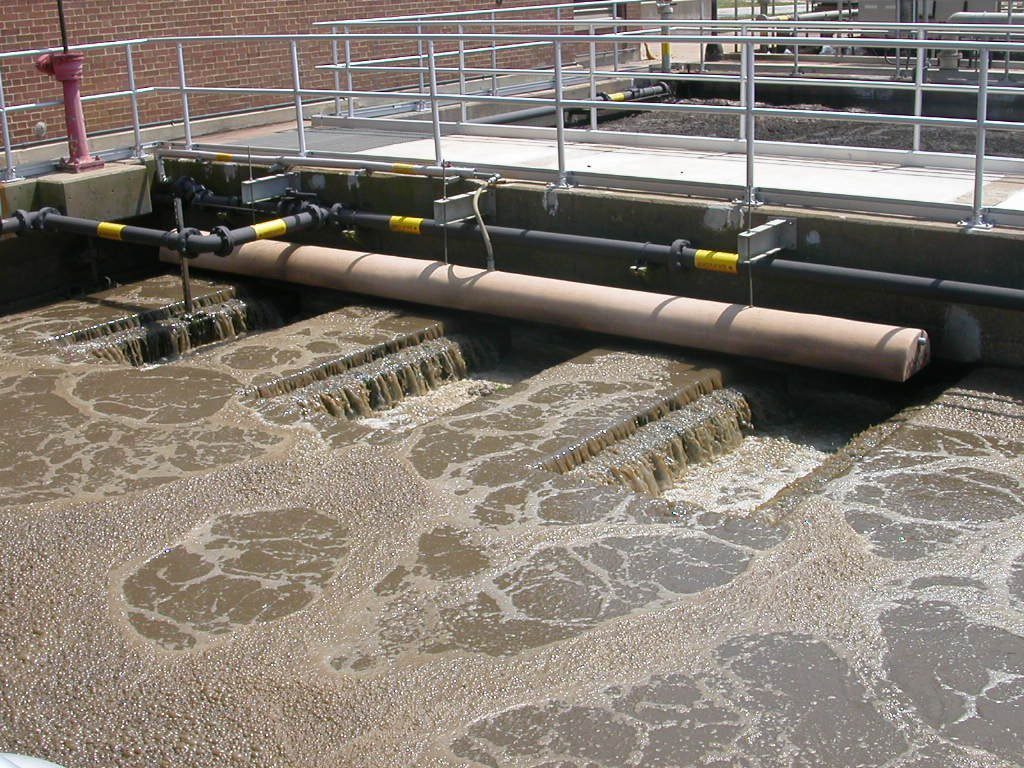Effective wastewater management is crucial for environmental sustainability and public health. With increasing urbanization and industrialization, efficient sewage treatment solutions are in high demand. The Moving Bed Biofilm Reactor (MBBR) technology has emerged as a prominent method in modern sewage treatment plants due to its efficiency, compact design, and cost-effectiveness.
Understanding MBBR Technology
MBBR is an advanced biological treatment process that utilizes specialized plastic carriers to support biofilm growth. These carriers are suspended and continuously mixed within the reactor, providing a large surface area for microorganisms to thrive. This setup enhances the breakdown of organic pollutants and nutrients in the wastewater.
Key Components of MBBR Systems
-
Carrier Media: Small, lightweight plastic elements that provide a large surface area for microbial growth.
-
Reactor Tanks: Vessels where wastewater interacts with the biofilm-coated carriers.
-
Aeration System: Supplies oxygen to support microbial activity and maintain carrier movement.
How MBBR Works
Wastewater enters the reactor tank, where the aeration system keeps the carrier media in motion. Microorganisms form biofilms on these carriers and degrade organic matter as the wastewater flows through the tank. The treated water then moves to a secondary clarifier for further settling before discharge or reuse.
Advantages of MBBR Technology
-
High Treatment Efficiency: The large surface area of the carriers allows for effective pollutant removal.
-
Compact Design: Requires less space compared to traditional treatment systems.
-
Operational Flexibility: Can handle varying loads without significant performance fluctuations.
-
Low Sludge Production: Generates less excess sludge, reducing disposal costs.
Applications of MBBR Technology
-
Municipal Sewage Treatment: Effectively treats urban wastewater.
-
Industrial Wastewater Treatment: Suitable for industries like food processing, pharmaceuticals, and petrochemicals.
-
Retrofitting Existing Plants: Enhances capacity and performance of outdated treatment facilities.
Incorporating MBBR technology into sewage treatment plants offers a robust and adaptable solution to meet the challenges of modern wastewater management. Its efficiency and scalability make it a valuable asset in the pursuit of sustainable environmental practices.

